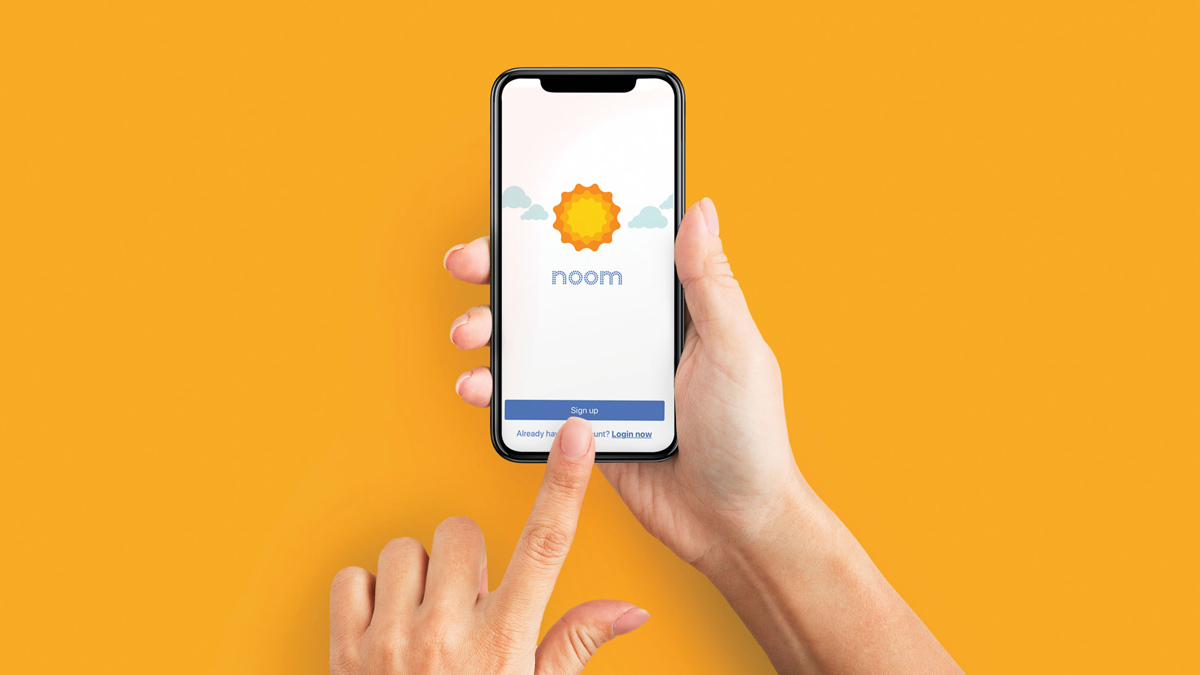Get our independent lab tests, expert reviews and honest advice.
What to know before buying a fitness tracker
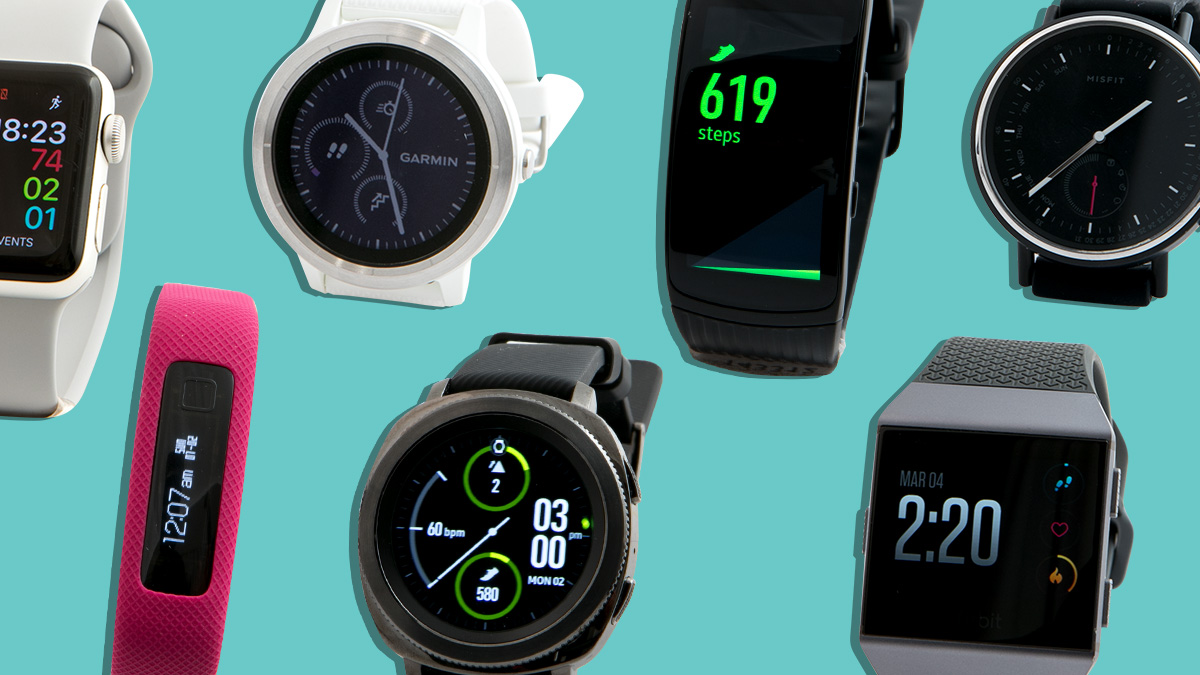
Wearables have come and gone over the years, but fitness trackers have had staying power in Australia. Having a wristband track your daily activity was the stuff of science fiction only a few years ago. Today more than two million Aussies don a fitness tracker, and according to telecommunications consultancy Telsyte, a third of the population could be wearing one within the next four years.
On this page:
- How do fitness trackers work?
- Fitness trackers vs smartwatches
- Types of fitness trackers
- Can fitness trackers accurately measure your heart rate?
- Fitness tracker subscriptions
- Other important features to look for
- How much do fitness trackers cost?
How do fitness trackers work?
Fitness trackers, bands and a number of smartwatches offer a large range of fitness logging functions depending on the model. They all count steps or distance travelled and save that information in an accompanying app. This data is presented in graphs so you can track your activity progress.
More expensive models have features like sleep tracking, heart rate monitoring (active and resting), calorie input logs and even support for some smartphone apps like Spotify. Meanwhile, the accompanying apps can get quite granular, with the ability to track different types of exercise including swimming, rowing and weightlifting.
The idea is that you have a constantly updating log of your activities whether that’s a simple morning walk or a full-blown fitness regime. A fitness tracker won’t make you exercise more, but it can motivate you to stick with your workout particularly when the data starts to show positive improvements.
Fitness trackers vs smartwatches
Most smartwatches have some fitness tracking tools these days and their performance often rivals the best bands in our tests. Plus, they also offer a lot of smartphone features including texting, making digital payments and calendar alerts.
They’re essentially a mini smartphone for your wrist so you can review some data and control some apps (such as music streaming) without having to pull your phone out. Some also support third-party fitness apps as an alternative to the default one.
However, they tend to be bigger, bulkier and a lot more expensive. The added features and large, vibrant screen can also decrease battery life and they can be pretty hard to navigate.
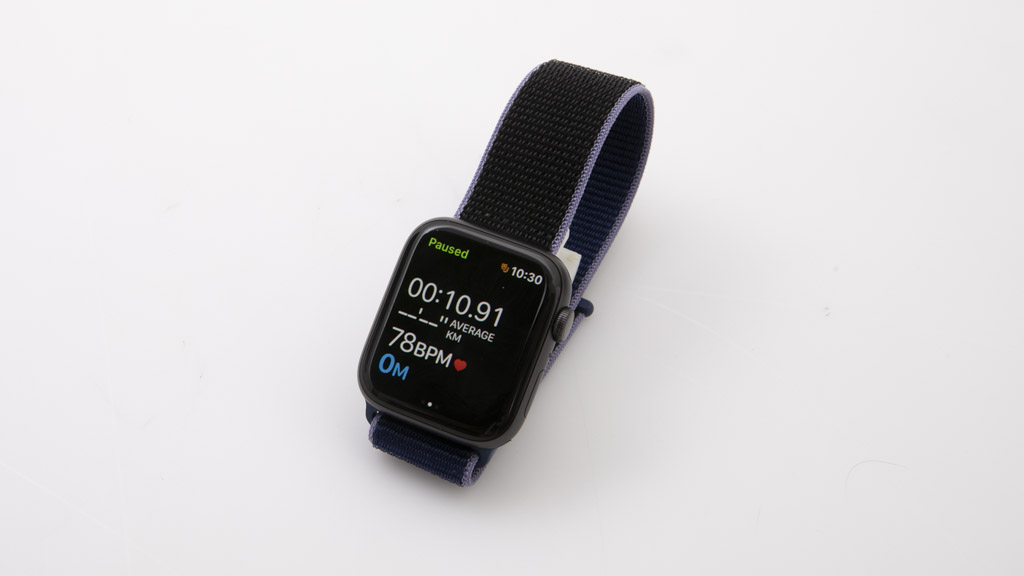
Do fitness trackers increase physical activity?
Fitness trackers can be an important part of your fitness routine. They won’t make you suddenly start working out more as soon as you put one on, but they can motivate you to exercise more often.
Most let you set goals and track your progress over weeks or months at a time, with feedback on your general health improvements. Fitness goals like ‘run for 20 minutes each day’ give you something to aim for, and these are much more motivating than a vague plan to ‘get fit’.
And never underestimate the power of a guilt trip. Some bands will remind you to exercise if they haven’t detected any activity that day, though this is usually an optional feature that can be turned off.
Types of fitness trackers
Fitness trackers fall into two broad camps – fitness trackers and smartwatches with fitness features. Early fitness trackers tended to be a band with a small screen that displayed basic information and while this design is still around, a couple of others have emerged.
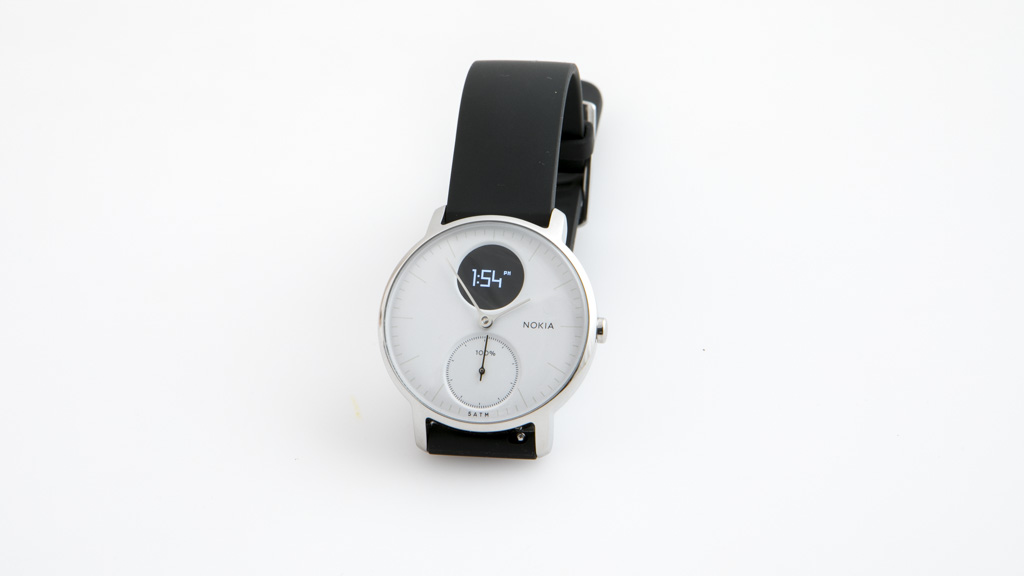
Some companies make smartwatch-style fitness bands. These look like a smartwatch, with a square or circular face, but they only have fitness tracking tools. The larger screens can be a convenient alternative to the band as they can display more information for quick reference and they’re easier to interact with.
Hybrids hide smartwatch features under an analogue watch face with either a small screen that displays very basic information (e.g. step count) or no screen at all. They usually filter most, if not all, of the relevant fitness information through accompanying smartphone apps making them far less convenient to use during a workout.
These and other bands/watches are often marketed as ‘fashionable fitness bands’. They look like traditional watches or jewellery so you can track your health and exercise while looking stylish. These aren’t inherently worse, but they do lack the convenience of models with buttons or touchscreens.
Can fitness trackers accurately measure your heart rate?
Almost all fitness trackers come with a heart rate monitor that can measure active and resting beats per minute. Most will graph this info in their smartphone app so you can monitor your heart rate over time.
Active heart rate monitors need to be accurate as certain types of exercise, such as cardio or lifting weights, benefit from specific heart rate zones. These zones are in a 10% range which means inaccuracy readings above 5% aren’t acceptable. Not only can an inaccurate reading reduce the effectiveness of your workout, it can also be demotivating.
Can fitness trackers measure blood pressure?
Though there are some fitness trackers that claim to measure blood pressure, we don’t gather this information in our test as they’re not very common in Australia. Even so, an accurate blood pressure reading can be very important for some people, and everyone’s results will be different.
It seems unlikely that a jack-of-all-trades fitness band will do the same job as proper medical equipment, so we suggest speaking to your doctor to determine which device best matches your needs.
Can fitness trackers help you sleep?
A good night’s sleep is an essential part of a healthy lifestyle, which is why many of the more recent fitness trackers and smartwatches include sleep tracking tools. These won’t help you sleep, but they can provide you with important data that you can use to improve sleep.
Information about your sleep cycles, restlessness at night and resting heart rate can show whether you’re a healthy sleeper or not. Many fitness trackers and their apps will take the data and either show you how your sleep is improving your health, or give you tips on how to improve sleep.
These are rarely user specific and should only be treated as a guide. The good thing about sleep trackers though is you can take your data to your doctor for better advice.
Do all fitness trackers need a smartphone?
Fitness trackers need to be linked to an external device with the associated app installed and that’s almost always a smartphone. You may also be able to substitute your phone for a laptop or tablet, depending on the brand and available software.
Why is this? Fitness trackers gather all kinds of data during a workout which is moved (aka ‘dumped’) to your phone, laptop etc. Most bands will do this every minute or so if the phone is nearby, but you can also dump all the data in one go when you get back from a run, for example.

You may find some bands or watches that don’t need to dump data, but instead offer it as an additional function. The information they can display is usually very limited compared to what the app can do, so it’s always worth connecting them.
Some fitness trackers also give you the option to control apps on the phone if it’s connected and nearby. For example, if you’re jogging along and feel like listening to a particular song, you can flick through your playlists on the band/watch rather than having to get your phone out.
How to connect a fitness tracker to a phone
Fitness bands and smartwatches connect to your phone via Bluetooth. If you’re having trouble connecting, make sure the band/watch and your phone are in Bluetooth scanning mode, then look for it in the list of available devices in your smartphone’s settings. It should automatically connect once detected, but you can do it manually in the same device list too.
Some also require location settings, so turn those on before you set it up. Also, connect to a Wi-Fi network if you’re setting up a fitness band for the first time as you’ll need to download an app/software and possibly some firmware updates as well.
Fitness tracker subscriptions
Apple and FitBit offer paid subscription services called Apple Fitness+ and FitBit Premium. Subscribers get access to video workouts from professional trainers (updated weekly) as well as content and guidance tailored to your lifestyle and exercise regime.
FitBit Premium, for example, can provide personalised, pre-recorded workout routines called guided programs that are much more nuanced than the free default app. It also provides deeper insights into your fitness data, dieting tools and a digital personal trainer. Each service costs $14.99 per month but they offer discounts if you sign up for a year.
Using different fitness apps
A number of Android-based fitness bands and smartwatches support alternative, third-party fitness apps such as Runkeeper and MyFitnessPal. Similarly, some Android bands are compatible with Google Fit on your smartphone. The Apple Watch supports a few third-party fitness apps, but the range isn’t quite as extensive.
Zombies, Run! is a very popular example, which uses an audio-book Walking Dead-like narrative about surviving the zombie apocalypse to encourage you to run. The more you exercise the more chapters you unlock and it motivates you to keep moving by playing zombie sounds if you slow down. Stop entirely, and you become a meal.
If you want to give Google Fit a try, follow these steps on your Android device. There, you’ll find out whether your fitness tracker works with Google Fit.
Other important features to look for
Alarm
Quite useful, especially if it’s a silent alarm that just buzzes on your wrist to wake you up without waking up anyone next to you. They can also be useful for runs and other situations.
Altimeter
Great for those who want to measure stairs or height changes. This can also be worthwhile from a running or walking perspective to measure the degree of effort made in exercise (rather than just the distance) without having to go back and adapt your routine via your smartphone or the band’s webpage. Most fitness bands and smartwatches measure this by assessing barometric pressure.
Battery life
This can be an important consideration, and most claim at least a few days’ use while others can last as long as a year thanks to replaceable batteries. Most have rechargeable batteries, which can be powered via USB.
Bluetooth
There are two main versions of Bluetooth available – Bluetooth 4 and Bluetooth 5. While 4 is much older than 5, most fitness trackers can get by just fine within its limitations. That’s why Bluetooth 4 is still around even though most modern trackers and smartwatches use Bluetooth 5.
For fitness trackers, each Bluetooth iteration has improved data transfer speeds, bandwidth and power consumption, which means the batteries will last longer. Bluetooth 5 also increased its wireless range so your phone can receive data from the band up to 120m away, compared to the 30m limit of 4.2.
There are other improvements to audio, latency, smart controls and simultaneous streams, but these only really concern smartwatch users, broadly speaking.
Calorie counter
This will usually show you how steps taken convert to calories lost. It generally measures in calories rather than kilojoules, which can make it difficult if you’re doing some on-the-fly grocery shopping, but there are some third-party apps you can use for automatic conversion through your smartphone.
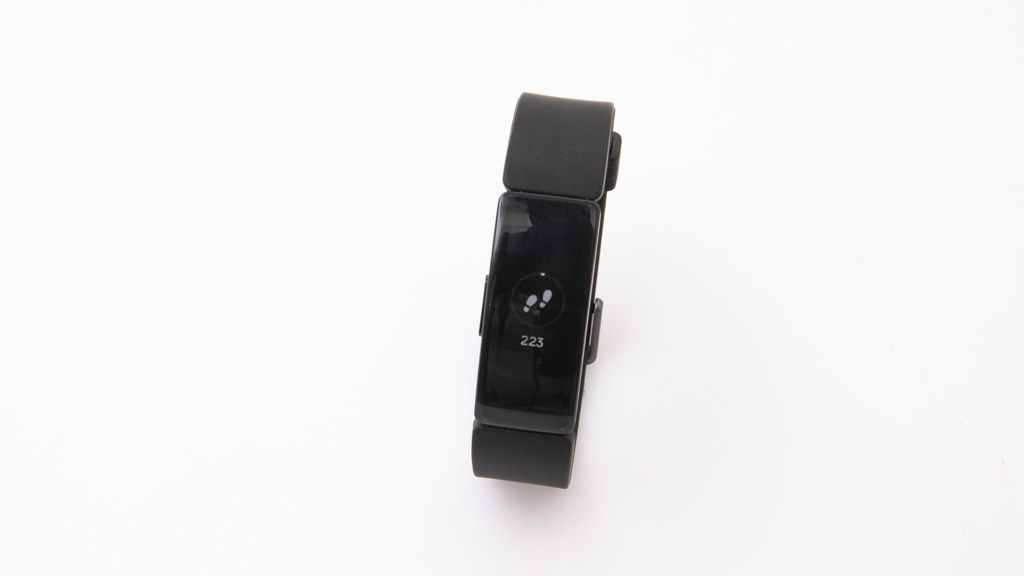
Distance counter
This can be adapted for metric or imperial, and generally measures distance based on your steps. Some of the newer fitness bands do have a GPS function though, which can utilise this technology for more accurate distance measurement.
Food tracker
A food tracker that’s built into the smartphone app used by the fitness band means you can log your intake of food throughout the day as well. If you have the discipline to maintain this routine, you might find it useful to track the number of calories you’re taking in versus those you’re burning off. Native food trackers tend to be US-centric though, so it would be worth looking around at their third-party apps.
Milestones
Milestones act as rewards and are an incentive to keep going when you get a notification that you’ve passed 10,000 steps, or that another milestone over the life of wearing the fitness band has passed.
Session tracker
This means you can trigger an activity or event such as a run or a cycle and note it as such via the tracker, rather than having to do it later by logging it manually. This means it can more accurately assess the number of calories you’ve burned in this period.
Social media sharing
An important feature for some, as it can act as an incentive to let your friends or family know that you’ve passed a milestone. It can also add a competitive element for some that acts as an extra incentive. The big social media platforms are generally covered, but some fitness trackers don’t have this feature at all.
Step counter
This measures your steps, but accuracy will vary depending on what you put in as your height, weight and, in some cases, pace length, plus the technology used in the device.
Waterproof claims
These vary between models. Any that do claim this feature usually have the specifications on their website, but they range from splash-proof through to swimming and 50m depth.

How much do fitness trackers cost?
The fitness trackers and smartwatches in our most recent test range from $149 up to $1399. And while you don’t have to spend top dollar to get a good one (some of the most expensive models aren’t ones we recommend), a good fitness tracker will generally set you back $150–400. Smartwatches also tend to cost more than fitness trackers.
How to get rid of your old fitness tracker
Donate it
Most Salvos and some Vinnies stores will take your old fitness tracker and/or smartwatch but The Red Cross doesn’t accept electronics. Smaller local charities and community support services in your area will probably accept them too as they’re pretty popular items.
Just make sure that your devices are in good working order before donating them. Batteries in particular can lose a lot of capacity or completely die if they’ve gone unused for some time so remember to check the charge. If the tracker uses a charging cradle or plate (instead of a micro/USB-C input), you’ll need to find and donate that as well. Without it, the band is basically useless.
Recycle it
Fitness trackers sort of fall into the e-waste category but many recycling services don’t specify whether they take them or not. This gets even more complicated when you factor in smartwatch style fitness trackers that aren’t strictly smartwatches.
Recycling Near You is the first port of call. Check the Electrical Appliances and Mobile Phones databases for e-cycling services in your area then get in touch to see if they’ll take fitness trackers. You can also contact your local council as most have free, regular electronic recycling events similar to a council clean-up.
JB Hi-Fi and The Good Guys will also recycle your old fitness trackers via a partnership with Ecoactive. All you need to do is head to the Ecoactive website, enter your details and the items you’d like to recycle, and a staff member will get in touch. Mobile Muster will accept old fitness trackers and smartwatches too.
Some of the bigger manufacturers will recycle their old and broken products and they may even pay you for them. Apple, for example, will give you credit for your old Apple Watch (Series 4 and later) or recycle it for free if it isn’t eligible for trade-in. Contact the manufacturer of your fitness tracker/smartwatch to see if they have a similar program in place.

